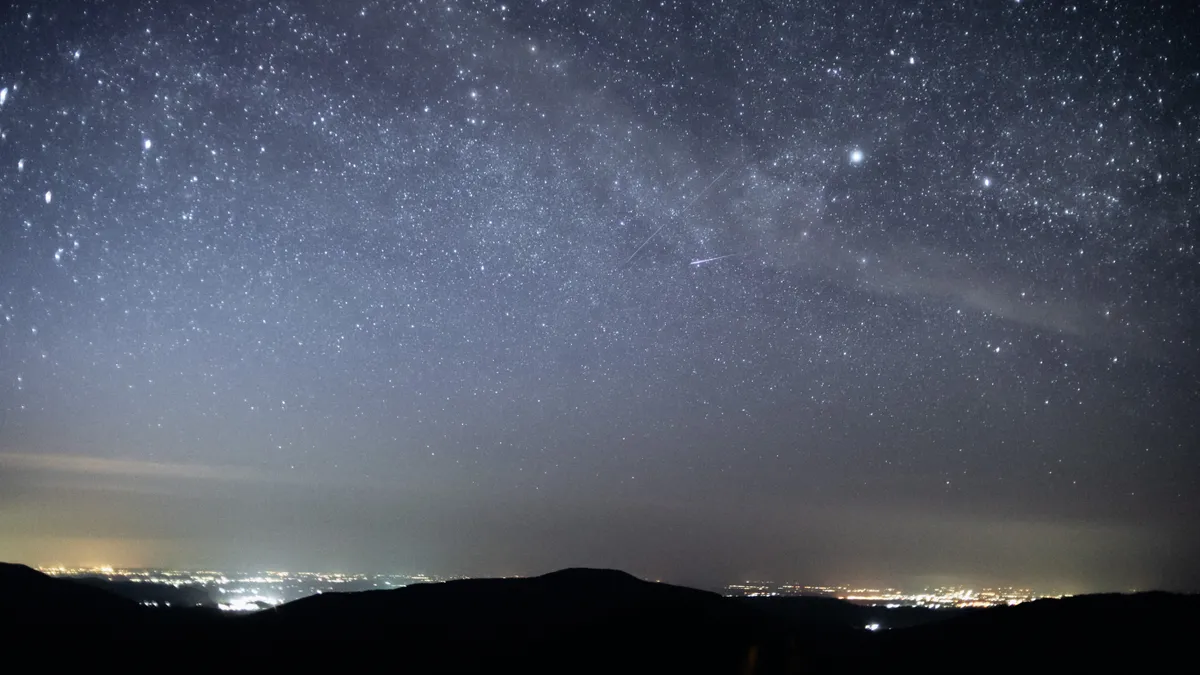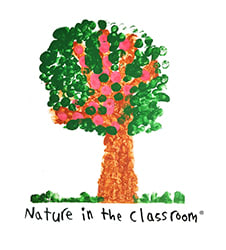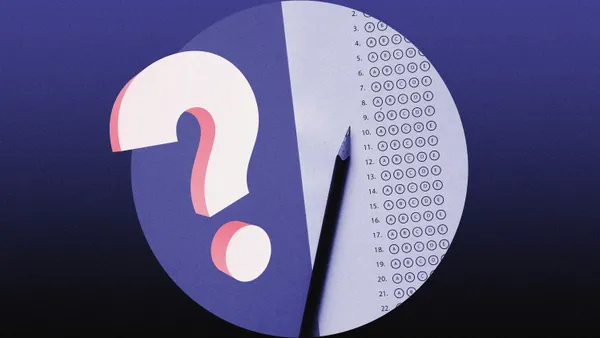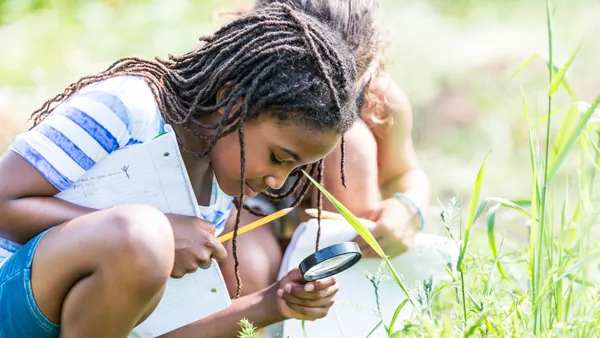Dive Brief:
- A recently announced Smithsonian Astrophysical Observatory program will connect rural schools nationwide to high-quality, hands-on astronomy opportunities. The program aims to strengthen access to science, technology, engineering and mathematics education and spark students’ curiosity.
- Set to launch in Arizona this fall, the Smithsonian Scientists Taking Astronomy to Rural Schools (STARS) program will provide rural schools with a donated telescope, accessories like moon and solar lenses, and ongoing teacher training.
- A 2023 report from the National Rural Education Association found that rural schools and communities face significant challenges that are amplified by lack of access to non-academic resources and infrastructure necessary for student success and well-being.
Dive Insight:
According to the most recent data available from the National Center for Education Statistics, there are approximately 9.8 million children enrolled in rural schools across the U.S.
Rural schools are typically significantly underfunded in comparison to their urban counterparts and tend not to have the same kinds of classroom tools and resources, explained Amy Oliver, director of STARS Arizona. She added that rural schools are also often located at least a couple hours away from a city and out-of-school learning resources like museums.
“It was really important for us to fill in the divide and ensure that these kids could have the exact same pathway forward and those same opportunities that their urban student counterparts have,” Oliver said.
Astronomy is a “gateway learning device” that encourages students to think about the different pathways available to them, said Oliver, adding that rural students often don't know that careers like astronomy are even an option for them.
She described how looking through a telescope for the first time gets students excited and inspires them to wonder and learn about the universe. More importantly, she said, students are able to move the telescope and choose what objects to look at — a hands-on experience that helps build their confidence.
According to Oliver, 209 schools currently qualify for the STARS program in Arizona. The program is starting its rollout in Arizona to build upon the Smithsonian’s existing relationships with rural teachers in the area.
STARS is completely donor-funded — it received $3 million in funding from individuals, corporations and foundations — and free for participating schools, an effort that is at the core of the Smithsonian's mission, Oliver added.
“One of those big barriers in rural America is always that cost,” Oliver said. “We believe that knowledge should be free.”
Aside from the telescope kit, the program also provides educators with lesson plans and extensive training. Lesson plans are written for kindergarten to 12th grade and designed to align with state-level science standards. Oliver said lesson plans are developed around topics that teachers are already required to cover, reducing extra work.
“This program is really meant to be that resource that [educators] can lean into and have a say in and help us make changes in development over time,” said Oliver.
Participation in the STARS program is open to all rural schools and completely voluntary. Schools decide if they have the time and manpower available to participate in the different training sessions on setting up, aligning and using the telescope, said Oliver. These trainings are offered in person at each school to avoid the added burden of teachers having to travel.
An interest form for schools that would like to participate in STARS is available on the program’s website. Oliver said the form helps the STARS team assess what state to expand the program to next after Arizona.












